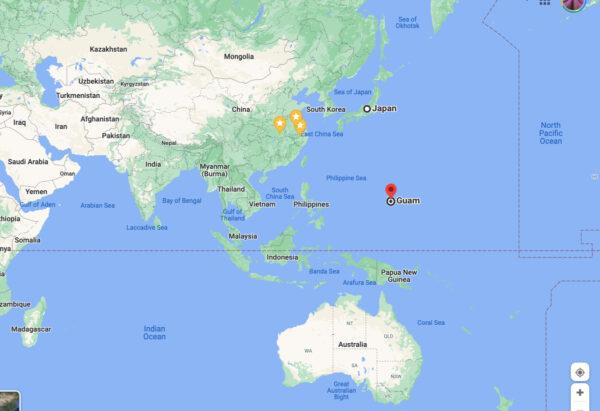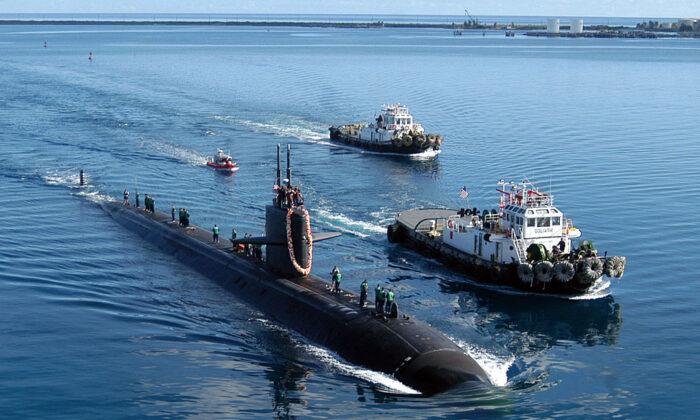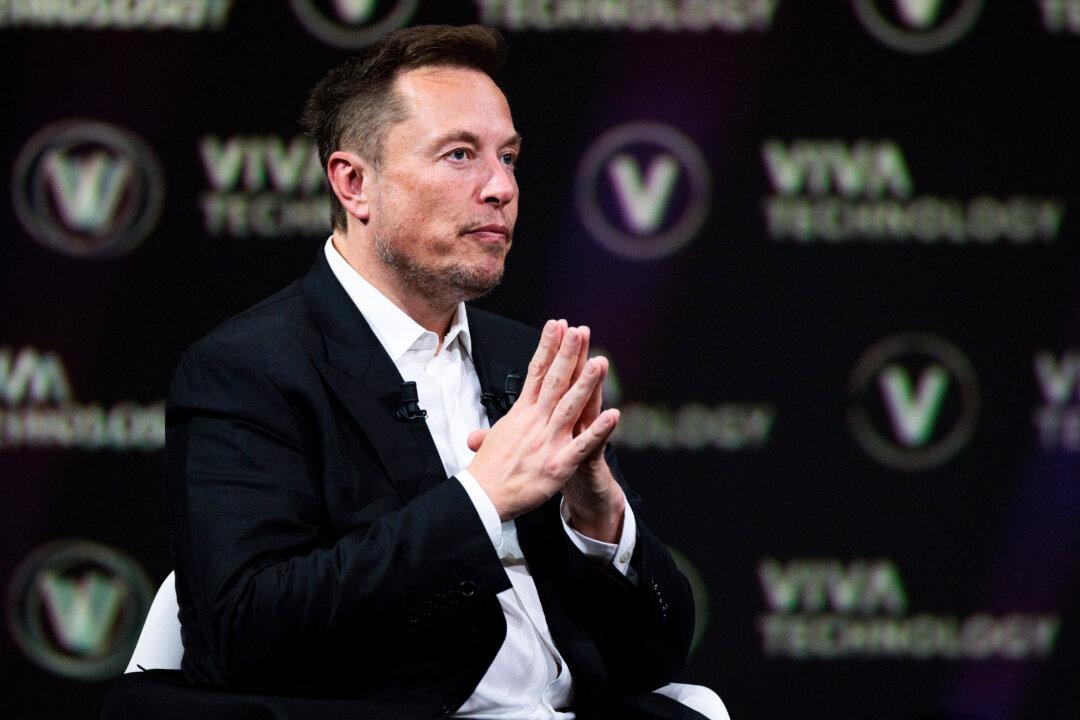Australia is in discussions with the United States to speed up its acquisition of nuclear submarines in a bid to sooner have the defense vessels on hand amid the Chinese Communist Party’s (CCP’s) increasing military aggression in the Indo-Pacific.
“It’s important to get the capability as soon as we can,” a spokesperson for Defence Minister Richard Marles said. “We are still doing the consultations to set out the optimal pathway for Australia to acquire the capability.”
Marles told Sky News on Sunday that Australia was facing military capability gap given that the original timeline for receiving the submarines is in the 2040s.
“What we’ve sought from the process that’s underway with AUKUS right now is not simply to answer the question as to what platform we run with ... but how soon we can get it,” he said.
The move could see Australia’s first nuclear-powered submarines built in America to fill in a major capability gap while plans continue for increased on-shore production in the long run, according to a Wall Street Journal report.
It comes one year after Australia, the UK, and the United States formed a trilateral security partnership called AUKUS with a stated aim to ensure a free and open Indo-Pacific, and more broadly “an international system that respects human rights, the rule of law, and the peaceful resolution of disputes free from coercion.”
“We are steadfast in our commitment to Australia acquiring this capability at the earliest possible date.
“As leaders, we remain committed to ensuring the highest level of nuclear safety, security, and stewardship in this endevour.”
The statement highlighted that Australia “does not seek and will not acquire nuclear weapons.”
Control of the Pacific
Many China experts have been supporting the idea of providing Australia with nuclear-powered submarines as Beijing is flexing its military expansion in the Indo-Pacific.He noted that Australia’s geographic location makes it vulnerable if Beijing is successful in breaking through the first island chain and reaching the Pacific Ocean.

Cheng Xiaonong, scholar of China’s politics and economy, agreed, saying providing Australia with nuclear-powered fleets capable of traveling long distances would “effectively” block the Chinese regime’s “planned invasion of the South Pacific.”
Cheng Xiaonong warned of the CCP’s ambition to build a city or naval base near Australia, in an attempt to “control the vast waters of the South Pacific, to isolate Australia, and to threaten the United States.”
“By the time the CCP reaches the gateway to it, however, Australia will realize the true intentions of this communist regime.”




